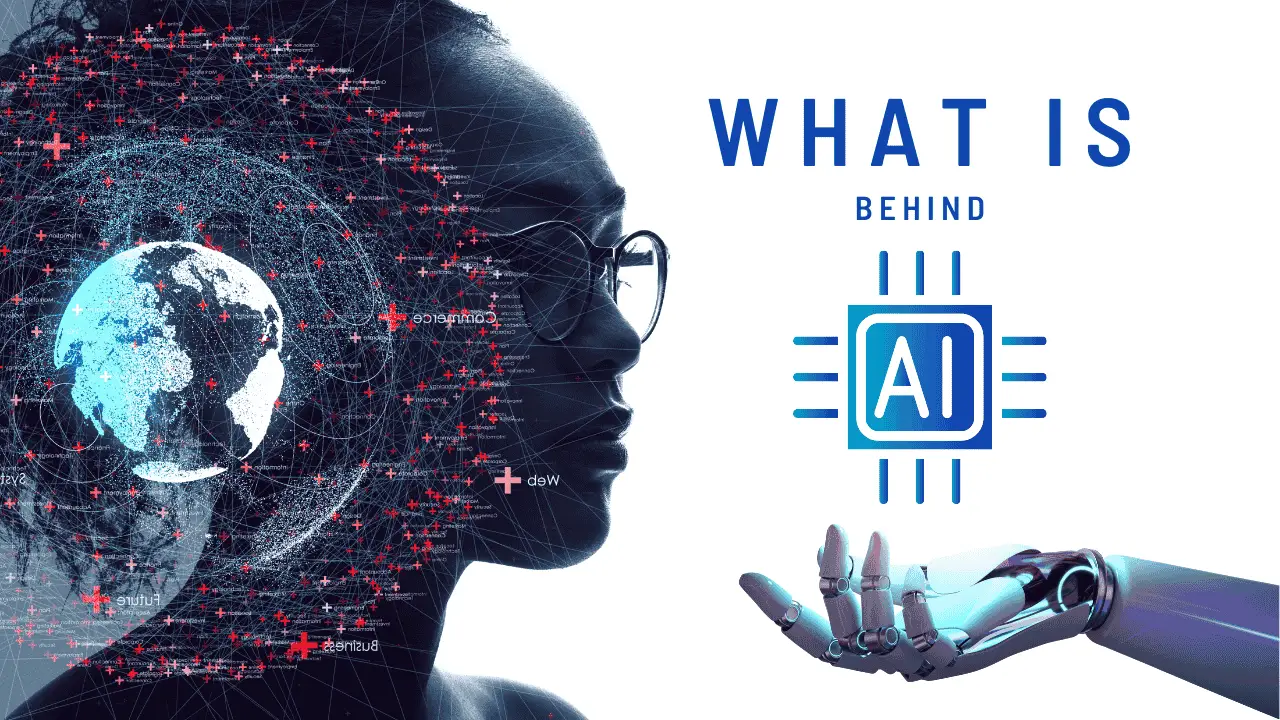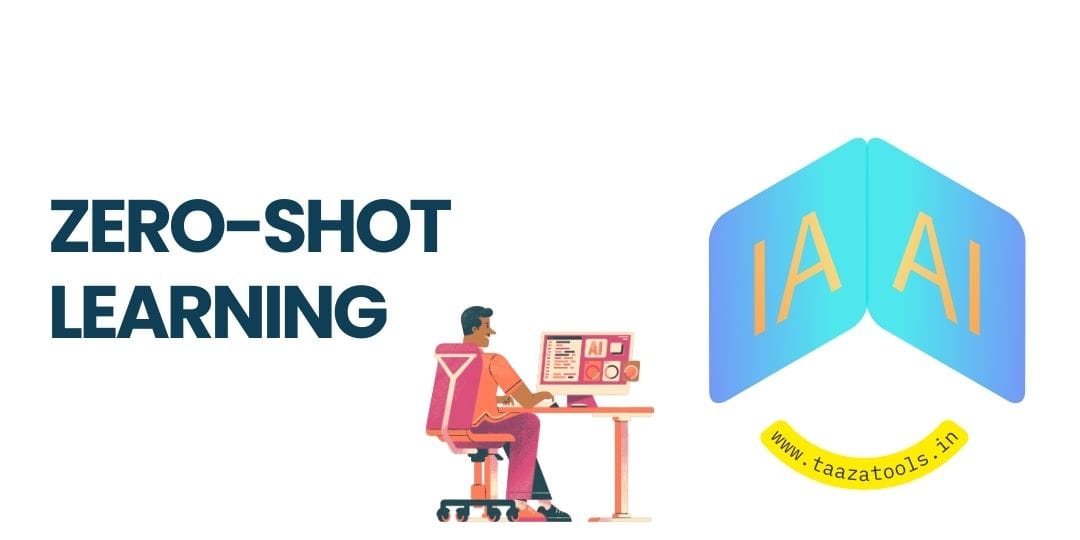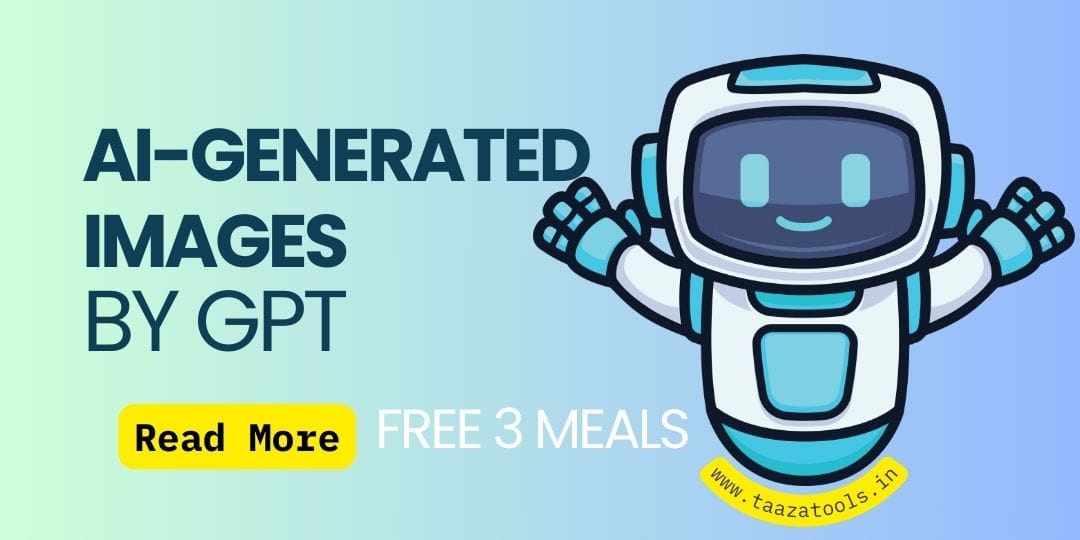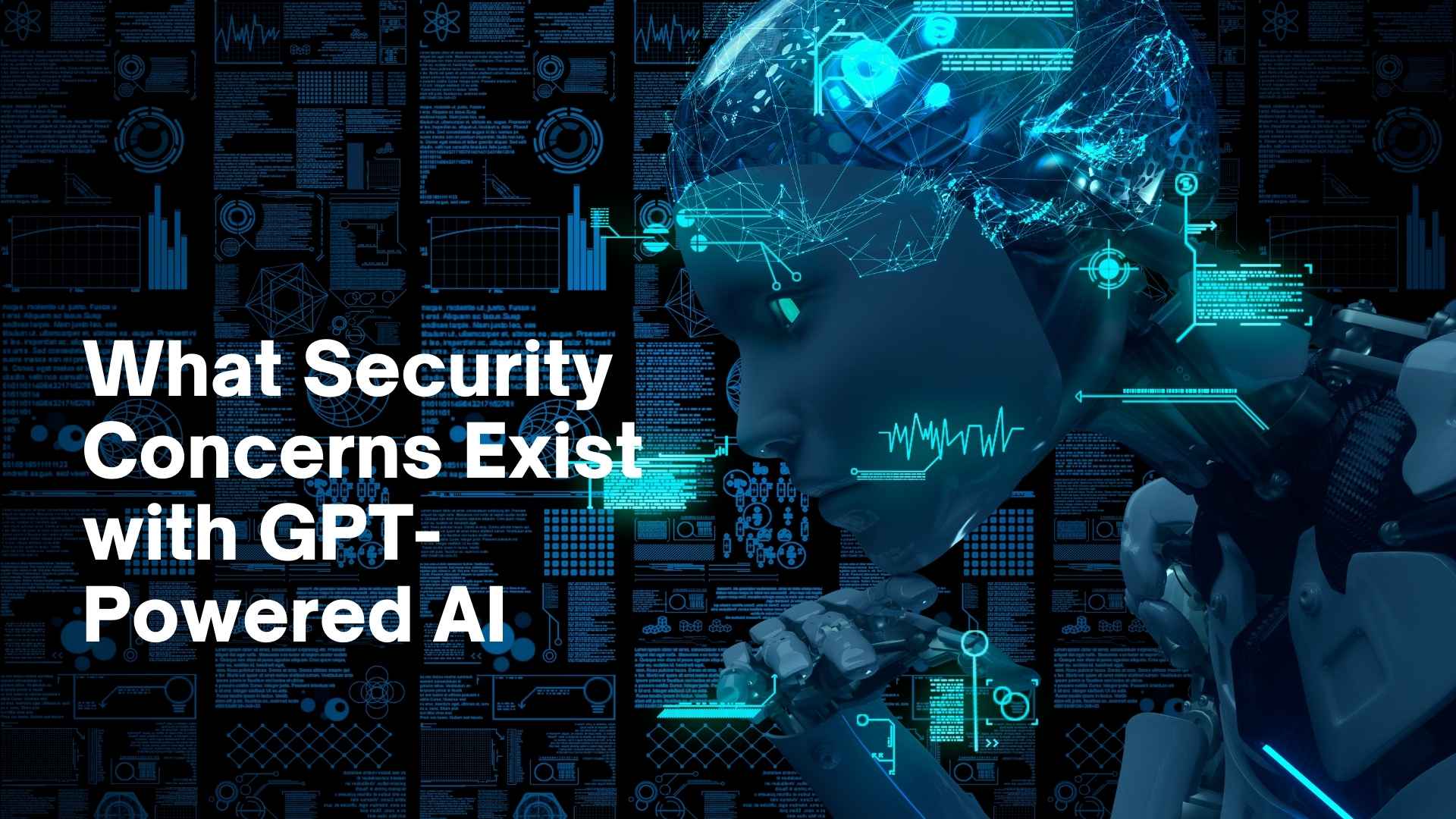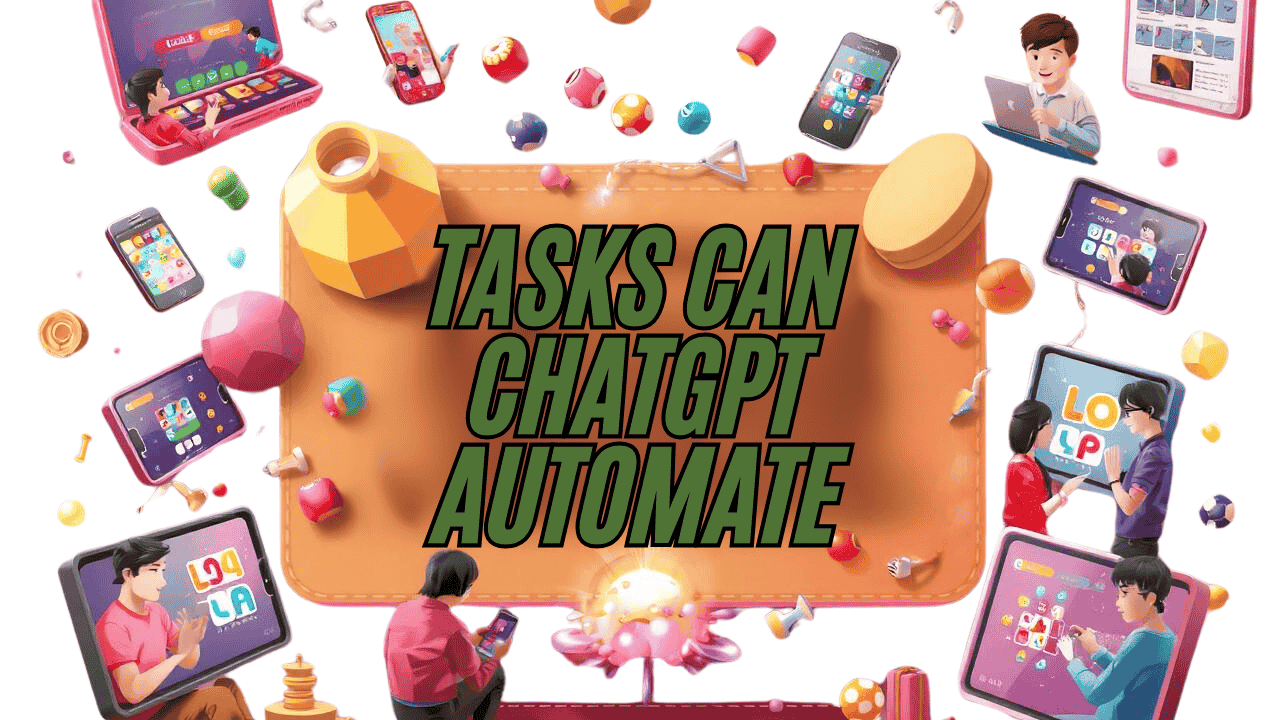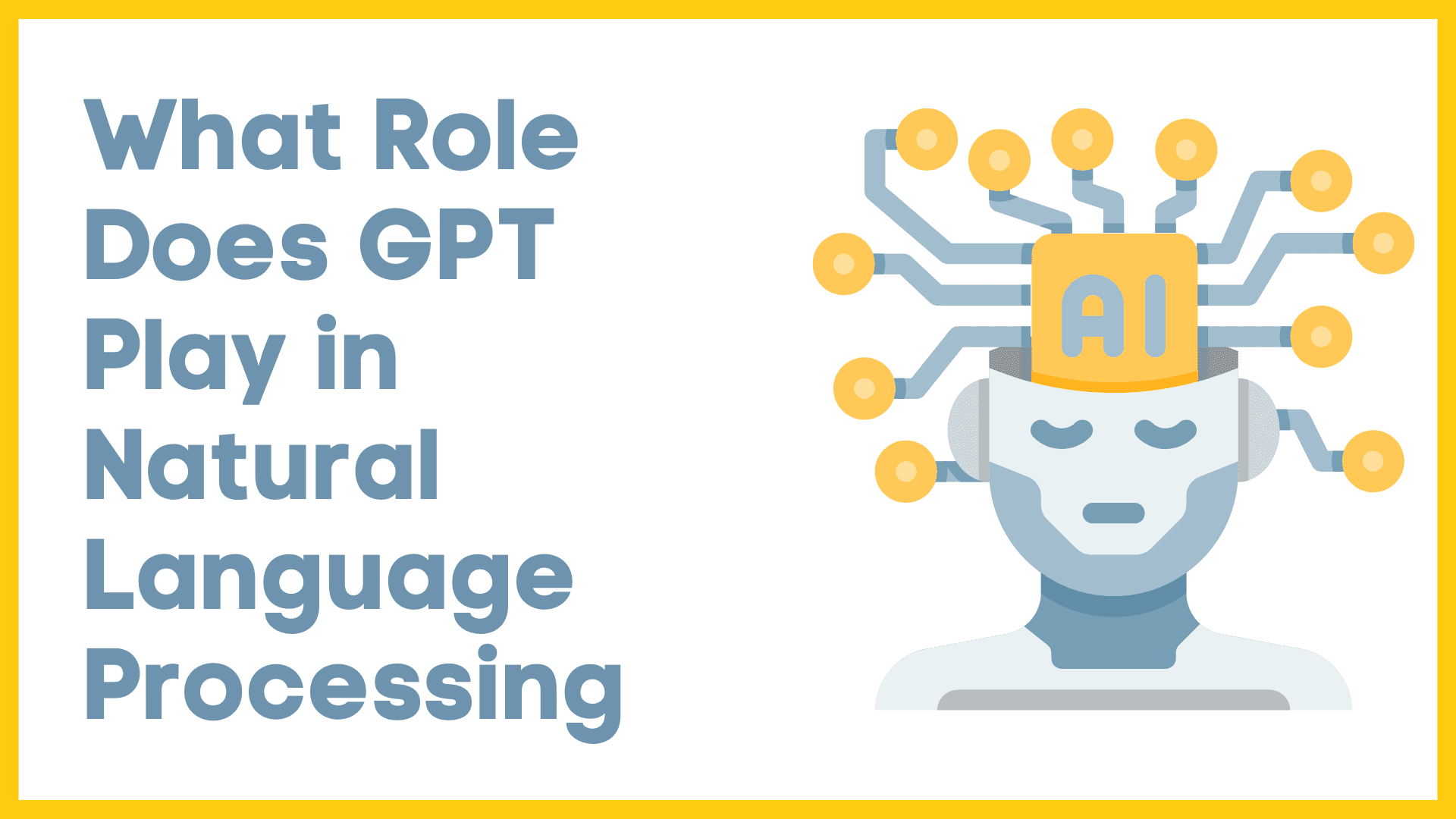If you’ve ever been fascinated by ChatGPT, you might have wondered, “How does this thing actually work?” It’s not magic (even though it can feel like it sometimes). Behind the scenes of ChatGPT is a complex web of technology that makes it all happen. Let’s dive into the inner workings of GPT technology, and I’ll break it down in simple, chatty terms so you can understand what’s going on under the hood.
1. The Foundation: What Is GPT?
Before we get into the nitty-gritty, let’s talk about the core of ChatGPT—GPT, or Generative Pre-trained Transformer. This is the actual model that powers ChatGPT, making it able to generate human-like text.
The “generative” part refers to how the model creates (or “generates”) new text based on input. “Pre-trained” means that it’s been fed a ton of data before it ever interacts with users like you and me. And the “transformer” part? That’s the architecture of the model—it’s a specific way of processing language, which helps it understand context, relationships between words, and more.
GPT is a type of neural network, which is a kind of machine learning model inspired by the human brain. But unlike our brains, GPT doesn’t “think” in the traditional sense. It uses patterns it’s learned from massive amounts of text data to predict what comes next in a sentence. That’s why when you ask ChatGPT a question, it can give you a coherent answer (most of the time).
2. Pre-training: The Learning Phase
Now, let’s get into how ChatGPT learns. The “pre-trained” part of GPT is crucial because that’s what makes the model so powerful. It’s like giving a chef all the ingredients and recipes before they even start cooking.
During pre-training, GPT is fed a gigantic amount of data—think billions of pages of text. This could include books, websites, articles, and more. The model doesn’t understand these texts the way we do, but it’s learning patterns. It figures out things like:
- Which words typically follow each other
- How sentences are structured
- The kinds of responses humans tend to give to questions
But the model doesn’t just memorize everything. Instead, it learns probabilities. For example, it might learn that the word “sun” is often followed by the word “shines” rather than “falls.” This pre-training is why ChatGPT can respond so naturally—it’s been trained on such a wide variety of language that it can predict with reasonable accuracy what a human might say.
3. Fine-tuning: Making GPT Specific
After pre-training, the model goes through a fine-tuning process. Imagine teaching someone the rules of a sport and then practicing with them until they master it. That’s kind of what fine-tuning does for ChatGPT.
In this phase, the model is refined using more specific datasets, usually curated for a particular purpose. For ChatGPT, it’s fine-tuned to be great at conversational language. The model is trained on dialogues and conversations, so it learns how to answer questions, respond to prompts, and even engage in small talk.
This phase also involves something called “reinforcement learning from human feedback” (RLHF). In simple terms, it means that humans guide the model by giving feedback on its responses. If ChatGPT gives a wrong or strange answer, humans can step in and tell the model, “Nope, not quite right.” The model then adjusts its approach, learning from this feedback loop. This process helps make ChatGPT more accurate and reliable when interacting with people like us.
4. The Magic of Attention Mechanism
One of the coolest parts of GPT technology is the attention mechanism. Imagine trying to read a book while someone talks to you—it’s hard to focus on both, right? That’s where attention comes in. The attention mechanism helps the model figure out what parts of the input are important and what to focus on.
Here’s an easy way to think about it: if you’re telling a story and mention a “red car,” the attention mechanism helps the model remember that detail when you later ask, “What color was the car?” Without this mechanism, the model might lose track of those details and give you a random answer.
In ChatGPT, attention mechanisms allow the model to keep track of context over a conversation. This is why ChatGPT can answer follow-up questions or continue a conversation without constantly losing track of what you’re talking about.
The attention mechanism is particularly useful for long-form conversations or complex queries because it enables ChatGPT to weigh the importance of different parts of a sentence or dialogue. The model doesn’t just treat every word equally—it focuses on the words that matter most in generating the next part of the conversation.
Conclusion: The Future of GPT
So, there you have it! Behind the friendly responses of ChatGPT lies a powerful machine learning model that’s pre-trained on massive amounts of data, fine-tuned with human feedback, and equipped with an attention mechanism to keep track of context.
As GPT technology continues to evolve, the potential for more advanced, helpful, and natural interactions with AI is growing. Who knows what future versions of ChatGPT will be capable of? But one thing’s for sure: the technology that powers it is nothing short of fascinating.
In a nutshell, while ChatGPT may seem like it’s reading your mind sometimes, it’s really just a super-advanced model doing what it does best: predicting and generating text based on patterns it has learned. Pretty neat, right?

